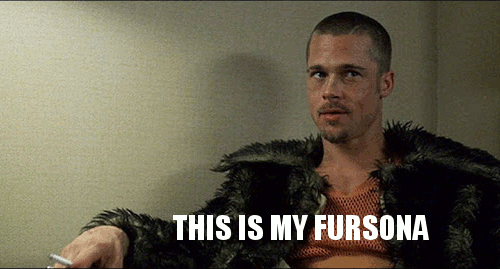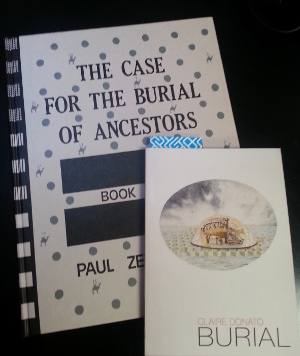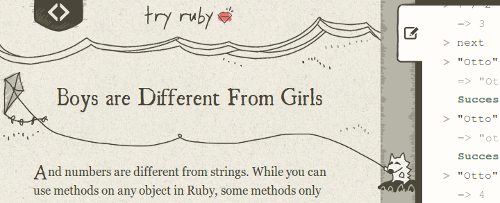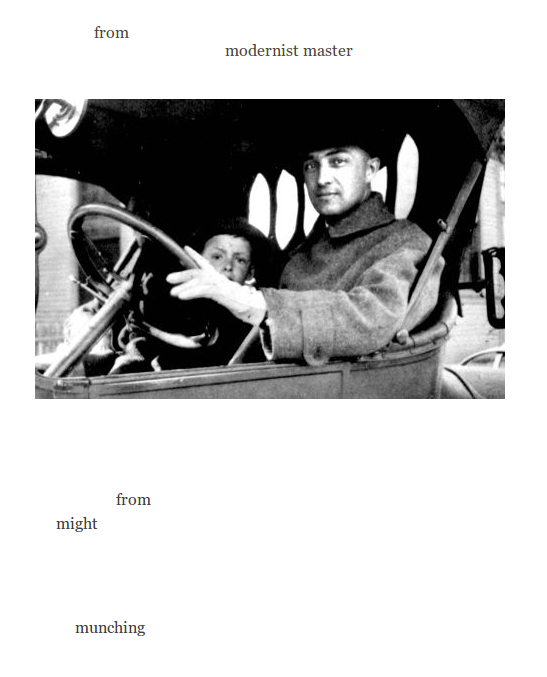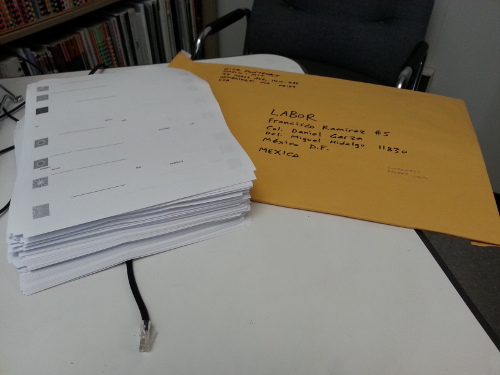I went to New York to attend the opening of Ultraconcentrated, Casey Reas’s solo show at bitforms. As a rather pure computationalist, one who always tries to maximize code and minimize data, I was a teensy bit wary of the data-driven nature of Casey’s work in this show, which is based, to some extent, on digital television. This idea of using data wasn’t completely offputting, though; Casey and collaborator Ben Fry have done a nice mural here at MIT, which I often walk by, called Signals and based on the interconnections of proteins.
The works in the show certainly didn’t display data in a straightforward or disappointing way. There were prints (Control Room (Forward Command Post)) that seemed studies of color. There were also two laser etched anodized aluminum pieces, each with two semicircular segments, which present television signals as if they were converted to a monochrome and very uncanny landscape or cityscape. The main screen that turned on — two screens, actually — was a diptych video that shifts very rarely into a somewhat figurative or identifiable image. The work (including that on the 6th floor) was all appealing and interesting. It certainly justified the packed house at the opening.
Overall, the trip was great, as we caught up with several friends in New York. The other art-related encounters were excellent, too. I met Ben Fino-Radin and others at the XFR STN exhibit and project at the New Museum, where video and born-digital materials were being recovered for artists.
Most oddly, as I was walking though Chelsea after seeing Casey’s show, I noticed an opening of collage art by someone who — however conventional, however absent from today’s avant-garde — has written a great amount of poetry that has pleased and provoked me over the years: Mark Strand. (Among other things, such as dozens of poetry books, he is the author of a very offbeat book of prose, Mr. and Mrs. Baby.) He was wearing a white suit, as I expected (see, for instance, the beginning of his book Dark Harbor). And while I couldn’t think of anything to say to him that would have merited interrupting the excellent time he seemed to be having talking with others, it was nice to see his collages and share the room with him for a bit.



